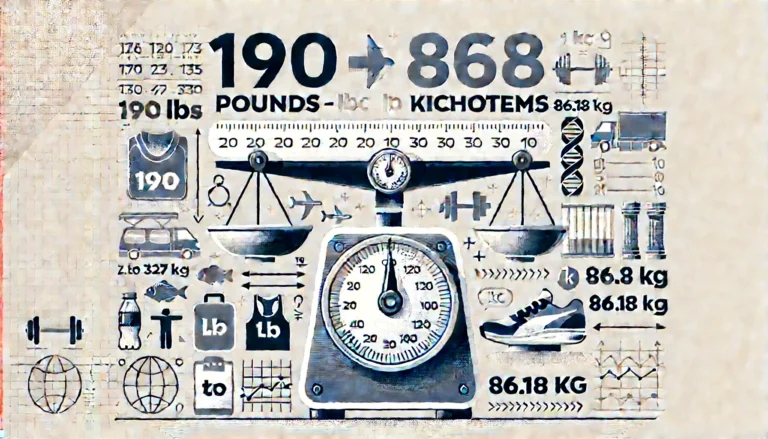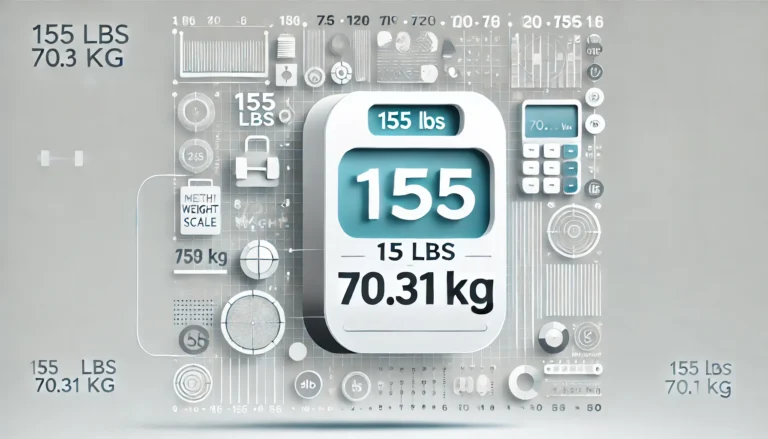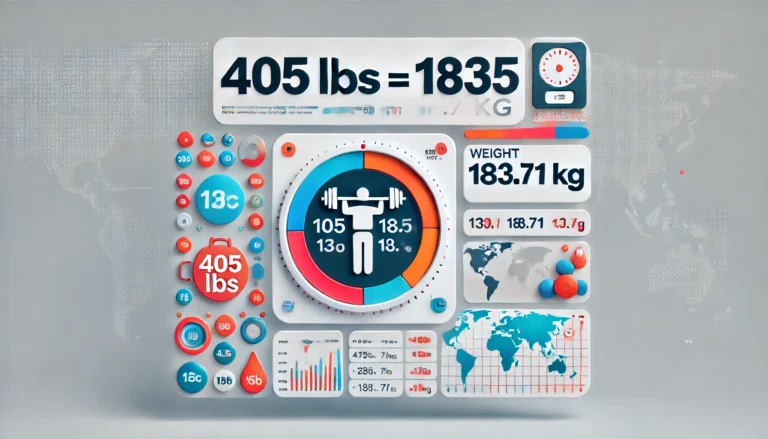
Have you ever been stuck trying to figure out how to convert millimeters to inches? Maybe you were working on a DIY project, ordering something online, or just curious about measurements. Whatever the case, if you’ve found yourself Googling “110 mm to inches,” you’re in the right place!
In this blog post, we’re going to break it all down for you. We’ll not only answer your main question but also give you some extra tips on conversions, why these measurements matter, and how you can do them quickly—without breaking a sweat. Ready? Let’s dive in!
What is 110 mm in Inches?
Let’s cut straight to the chase. 110 millimeters equals approximately 4.33 inches.
But wait—how did we get that number? Don’t worry, we’ll walk you through it. But first, let’s understand what millimeters and inches are and why they matter.
Why Do We Convert Millimeters to Inches Anyway?
Good question! The world is full of different measurement systems. While most countries use the metric system (which includes millimeters, centimeters, meters, etc.), others, like the United States, use the imperial system (inches, feet, yards). So, if you’re dealing with measurements from different parts of the world, conversions become super important.
Here’s where you might encounter this:
- Online Shopping: Ever bought something from an international website and noticed the sizes are in millimeters?
- DIY Projects: Working on home improvements and your tools use inches, but your measurements are in mm?
- Traveling: Moving between countries and trying to figure out distances or sizes in the local system.
The Simple Formula for Converting Millimeters to Inches
If you love quick hacks, here’s the simple math:
1 millimeter = 0.03937 inches
So, to convert 110 mm to inches, you just multiply:
110 mm × 0.03937 = 4.33 inches
Yep, that’s all it takes! Easy, right?
Quick Reference Table for mm to Inches Conversions
Sometimes, you don’t want to do the math every single time. Here’s a quick reference table for you:
| Millimeters (mm) | Inches (in) |
|---|---|
| 10 mm | 0.39 in |
| 50 mm | 1.97 in |
| 110 mm | 4.33 in |
| 150 mm | 5.91 in |
| 200 mm | 7.87 in |
Feel free to bookmark this for later!
Why Exact Measurements Matter
You might be thinking, “It’s just a small difference. Does it really matter?” Oh, trust me—it does! Especially in situations like:
- Building and Construction: A small measurement mistake can throw off an entire project.
- Buying Parts: Imagine ordering a part for your car, and it doesn’t fit because of a tiny measurement error.
- Fashion and Tailoring: A few millimeters can mean the difference between a perfect fit and a wardrobe malfunction.
Tools You Can Use for Fast Conversions
We get it. Math isn’t everyone’s cup of tea. Luckily, there are tons of tools out there to make life easier.
- Online Converters: Websites like Google’s built-in converter or apps like ConvertUnits do the math for you.
- Rulers and Measuring Tapes: Some measuring tapes have both mm and inches marked, which is super handy.
- Conversion Apps: There are apps for everything—including measurement conversions!
Common Mistakes to Avoid When Converting Measurements
Let’s face it—we’ve all made silly mistakes when converting numbers. Here are a few to watch out for:
- Rounding Too Early: Always keep a few decimal points for accuracy before rounding.
- Mixing Up Units: Double-check if you’re using millimeters, centimeters, or meters. They sound similar but are very different!
- Assuming Approximations Work: In some cases, close enough isn’t good enough. Precision matters!
How to Estimate Conversions Without a Calculator
Sometimes, you don’t have a calculator handy. So, here’s a quick trick:
- 4 mm ≈ 0.16 inches
- 100 mm ≈ 4 inches
So, 110 mm is just a bit more than 4 inches. That’s how we get to around 4.33 inches. Not exact, but close enough for quick estimates!
Real-Life Scenarios Where You’ll Need This Conversion
You might be surprised how often this comes up! Here are some everyday situations:
- Ordering International Products: Ever bought furniture from IKEA or electronics from abroad?
- Crafting and DIY Projects: Building something and the instructions are in mm?
- Traveling: Road signs or product labels in another country using different units?
Knowing how to convert quickly can save you time—and a lot of headaches!
How to Convert Inches Back to Millimeters
Now that you know how to go from mm to inches, what if you need to go the other way?
1 inch = 25.4 millimeters
So, if you have 4.33 inches, you can multiply:
4.33 × 25.4 = 110 mm
Simple, right?
Fun Facts About Measurements You Didn’t Know
- The Metric System is Used by 95% of the World: The United States is one of the few countries still sticking to the imperial system!
- The Inch Has Changed Over Time: Back in the day, an inch was defined by the width of a man’s thumb.
- Millimeters Are Super Precise: That’s why they’re often used in scientific and technical fields.
Conclusion
So there you have it! Converting 110 mm to inches is as easy as multiplying by 0.03937, giving you 4.33 inches. Whether you’re shopping online, working on a project, or just curious, having this knowledge can come in super handy.
Next time someone asks you about millimeters and inches, you’ll be the expert in the room!
Frequently Asked Questions (FAQs)
1. How many inches are there in 110 mm?
Answer: 110 mm is equal to approximately 4.33 inches.
2. What is the easiest way to convert mm to inches?
Answer: Multiply the millimeter value by 0.03937 to get the measurement in inches.
3. Why do some countries use millimeters while others use inches?
Answer: Most countries use the metric system (millimeters), while countries like the USA stick to the imperial system (inches).
4. Can I use a regular ruler to measure millimeters and inches?
Answer: Yes! Many rulers have both mm and inch markings, making conversions super simple.
5. Is 110 mm the same as 4 inches?
Answer: Not quite. 110 mm equals 4.33 inches, so it’s slightly more than 4 inches.




